Scar massage is a therapeutic technique that has gained increasing attention in both medical and wellness communities. Unlike invasive treatments, it offers a non-invasive approach to improving the appearance and texture of scars while promoting better mobility in affected areas. Whether the scar results from surgery, injury, or burns, regular massage can significantly influence its healing process. The practice involves applying controlled pressure and movement to the scar tissue, which helps break down collagen fibers and encourage proper alignment during the remodeling phase.
The science behind scar massage lies in its ability to manipulate the fibrous tissue that forms during the healing process. When the skin is injured, the body produces collagen to repair the damage. However, this collagen often forms in a disorganized manner, leading to thick, raised, or tight scars. By massaging the area, we stimulate blood flow and lymphatic drainage, which can reduce inflammation and prevent excessive scar tissue buildup. Over time, this can result in a softer, flatter, and less noticeable scar.
One of the key benefits of scar massage is its potential to improve range of motion, especially for scars near joints or muscles. Adhesions—bands of stiff tissue—can restrict movement and cause discomfort. Gentle but consistent massage helps loosen these adhesions, restoring flexibility and reducing stiffness. This is particularly valuable for post-surgical patients or those recovering from traumatic injuries, as it aids in functional recovery alongside aesthetic improvements.
Timing plays a crucial role in the effectiveness of scar massage. While it’s generally safe to begin once the wound has fully closed and any stitches or scabs have dissolved, starting too early can disrupt healing. Most healthcare professionals recommend waiting at least two to four weeks post-injury or surgery before initiating massage. However, older scars can also benefit from this technique, as the remodeling phase of scar tissue can last for months or even years.
Technique is another critical factor. Using a moisturizing agent like vitamin E oil, silicone gel, or even simple coconut oil can reduce friction and enhance glide during the massage. Circular motions, cross-fiber friction, and kneading are common methods used to manipulate the scar tissue. Pressure should be firm enough to engage the deeper layers of the skin but not so intense as to cause pain or reopen the wound. Consistency is key—daily sessions of five to ten minutes can yield noticeable improvements over several weeks.
Psychological benefits should not be overlooked. Scars, particularly those in visible areas, can impact self-esteem and body image. The act of massaging a scar can foster a sense of control and active participation in the healing journey. Many individuals report feeling more connected to their bodies and less distressed about their scars after incorporating massage into their routine. This holistic approach addresses both physical and emotional aspects of recovery.
While scar massage is generally safe, there are exceptions. Individuals with open wounds, infections, or certain skin conditions should avoid massaging the affected area until fully healed. Those with keloid or hypertrophic scars—raised, overgrown scars that extend beyond the original injury—should consult a dermatologist before beginning massage, as aggressive manipulation might worsen their condition. In such cases, professional treatments like steroid injections or laser therapy may be more appropriate.
Research on scar massage is still evolving, but existing studies suggest promising outcomes. For instance, a 2018 study published in the Journal of Burn Care & Research found that burn survivors who practiced regular scar massage experienced significant improvements in scar elasticity and pain reduction. Anecdotal evidence from physical therapists and patients further supports its efficacy, particularly when combined with other modalities like stretching and compression therapy.
For those new to scar massage, seeking guidance from a physical therapist or certified massage therapist can be invaluable. These professionals can assess the scar’s characteristics and tailor a massage regimen to individual needs. They can also teach proper techniques to avoid unintended damage. Over time, many individuals feel confident enough to continue the practice independently at home.
In conclusion, scar massage is a simple yet powerful tool in scar management. Its ability to enhance both the physical and emotional aspects of healing makes it a worthwhile addition to post-injury or post-surgical care. While it requires patience and consistency, the potential benefits—ranging from improved scar appearance to restored mobility—are well worth the effort. As with any therapeutic practice, listening to one’s body and consulting healthcare providers when in doubt ensures the safest and most effective outcomes.
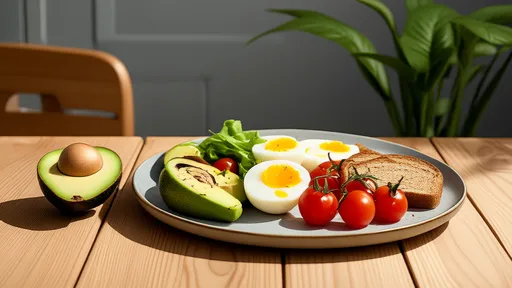
By /Aug 15, 2025
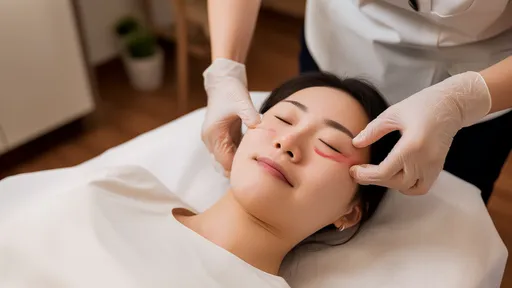
By /Aug 15, 2025

By /Aug 15, 2025
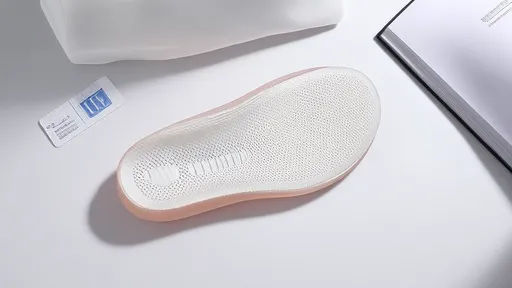
By /Aug 15, 2025

By /Aug 15, 2025

By /Aug 15, 2025
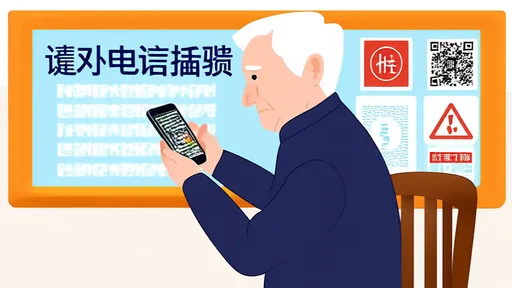
By /Aug 15, 2025
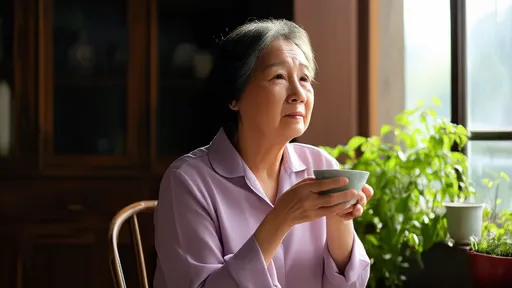
By /Aug 15, 2025

By /Aug 15, 2025

By /Aug 15, 2025
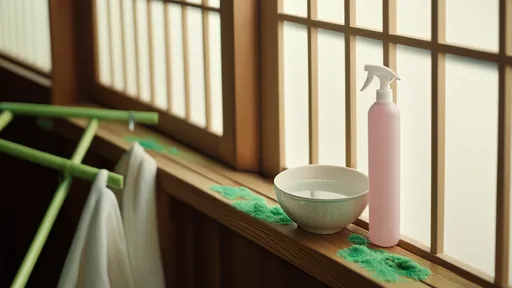
By /Aug 15, 2025

By /Aug 15, 2025

By /Aug 15, 2025

By /Aug 15, 2025

By /Aug 15, 2025

By /Aug 15, 2025
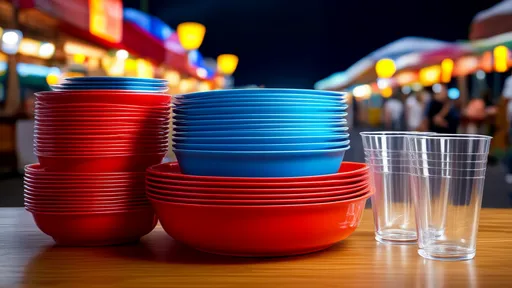
By /Aug 15, 2025

By /Aug 15, 2025

By /Aug 15, 2025

By /Aug 15, 2025